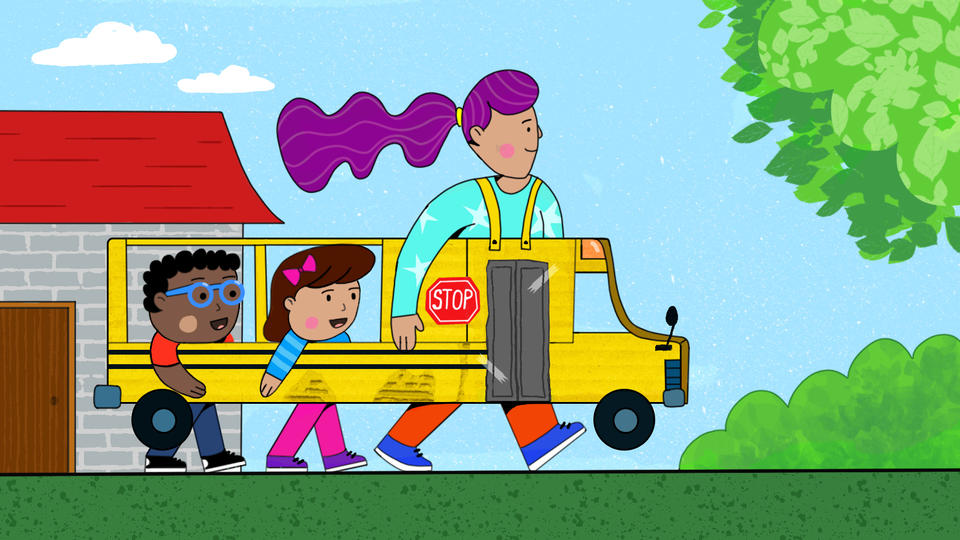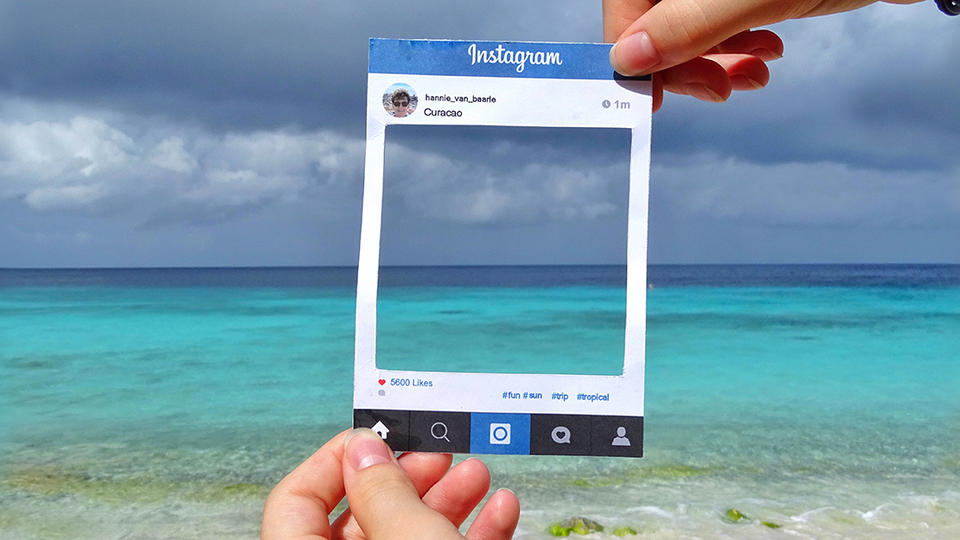Rice Business professor explains Postal Service financials
The U.S. Postal Service was not created to be a traditional profit-making business, according to K. Ramesh, the Herbert S. Autrey Professor of Accounting at the Jones Graduate School of Business.
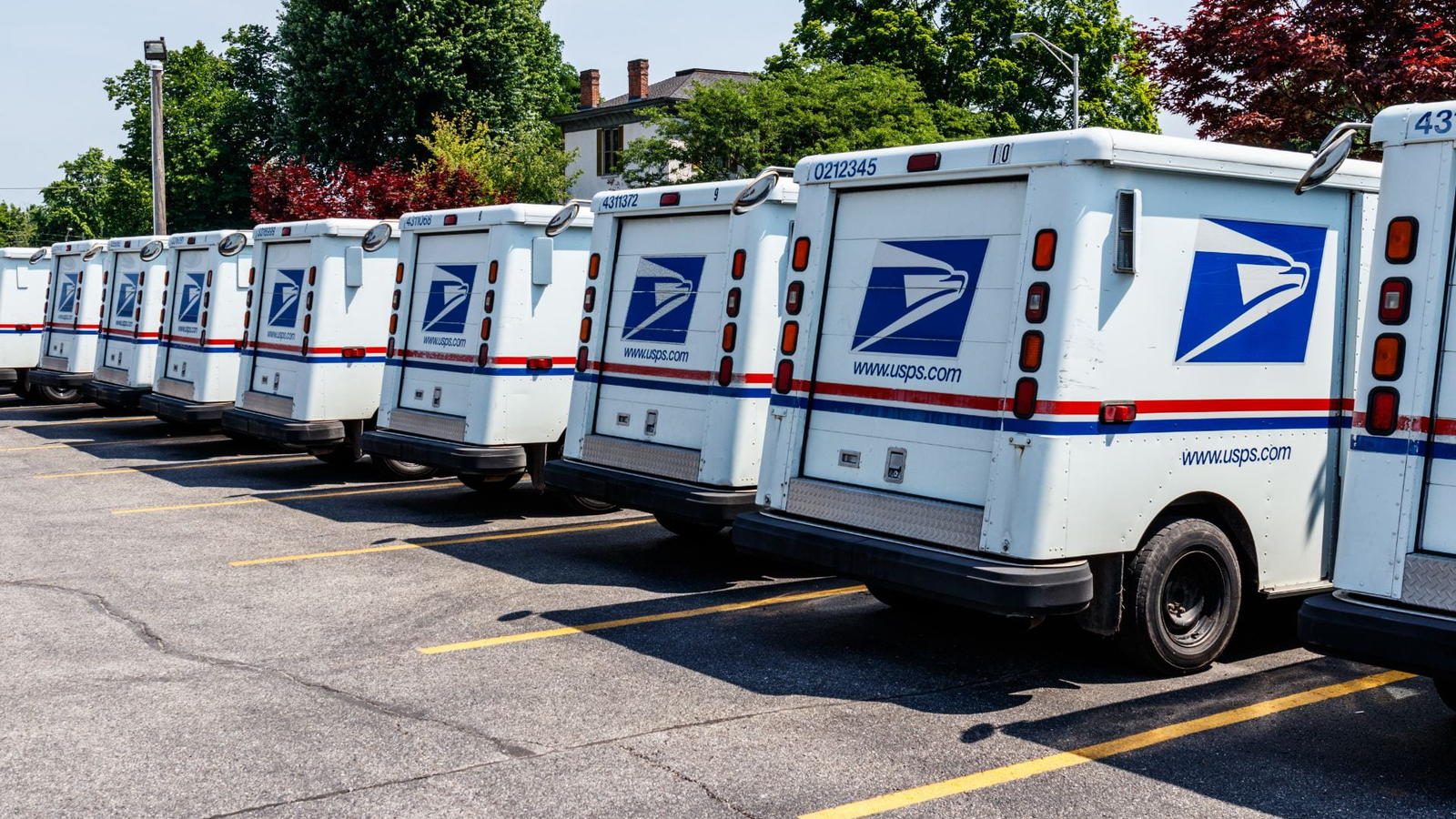

The U.S. Postal Service was not created to be a traditional profit-making business, according to an accounting expert at Rice University’s Jones Graduate School of Business.
K. Ramesh, the Herbert S. Autrey Professor of Accounting at the Jones School, published a FAQ on his LinkedIn as a “pragmatic way to understand the forces at work and how they must be reshaped if reforms are desired.”
Profitability was not meant to be the sole criterion to evaluate the performance of a national postal service with important social objectives.
“Of course, the Congress clearly wanted an efficient postal service that can operate within the statutory mandate. For instance, the USPS has also used measures such as total factor productivity, on-time delivery and customer satisfaction to monitor its performance, ”he wrote.
However, the Postal Accountability and Enhancement Act (PAEA) that took effect in 2006 amended the 1971 Postal Reorganization Act (PRA) — which established the USPS — and created an additional obligation for the Postal Service of roughly $5.6 billion per year for 10 years, Ramesh wrote.
“More importantly, the feasibility of making such payments would have required drastic changes to the strategy and operations of the Postal Service, which may not have been even possible given its statutory mandate,” he wrote. “Not surprisingly … the Postal Service has defaulted on $33.9 billion in PAEA-specified funding requirements.”
The legislative mandates of the PAEA and the PRA do not clearly state if the Postal Service “could (or should) ever function similar to a business entity and make the necessary transformational changes to become ‘profitable,’” Ramesh wrote.
Maintaining “operational effectiveness” throughout the country is an important social asset, Ramesh argues.
“If Congress is worried about postal delay that impacts the delivery of essential medicine and other time-sensitive items to all communities, then its immediate focus should be not on structural issues such as long-term financial stability, but on the near-term operational effectiveness in meeting the service needs of a broad cross section of communities in the U.S.,” Ramesh wrote.
By focusing on keeping the Postal Service running instead of reallocating funds and resources, Congress could ensure mail delivery in an “uninterrupted and timely fashion” through the end of year 2020, Ramesh explains.
Featured Faculty:
Oil-field services speed adoption of clean energy tech
Vikas Mittal, a business professor and oil field service company expert at Rice University, is hopeful but skeptical about the ability of the clean energy initiatives to successfully deliver profits. The professor believes there might be some “herd mentality” psychology at play.

Meet the MBA Class of 2022: Pedro Martinez-Berrios
Being from Venezuela, at a young age, I learned the value of energy and oil in society. More specifically, I learned the importance of the good management of oil and natural resources. Rice is a globally-ranked university and, in my point of view, it has the strongest energy and finance program.
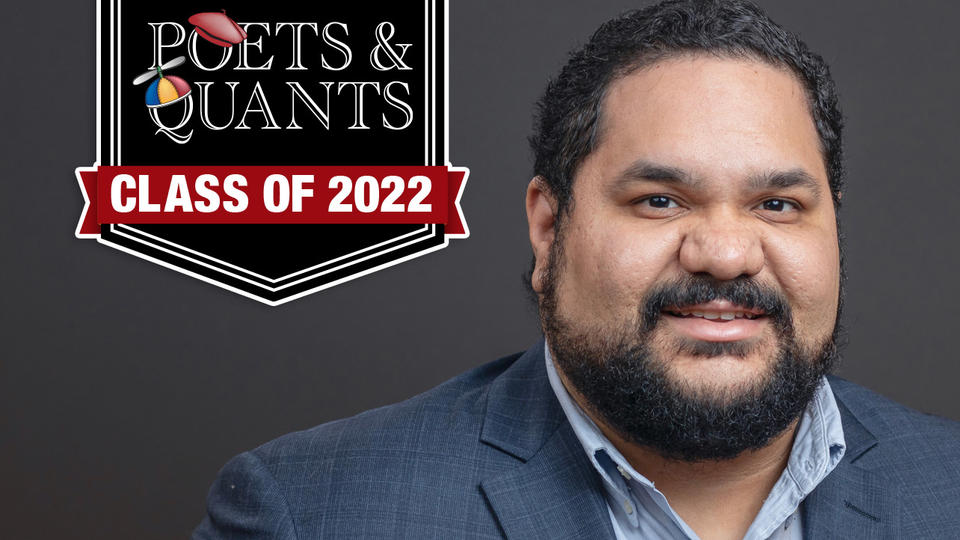
As Hurricane Laura nears Texas coast, experts available from Rice
As Hurricane Laura nears the Texas coast, Rice University has a number of experts that can discuss a wide variety of storm-related topics.


As Hurricane Laura nears the Texas coast, Rice University has a number of experts that can discuss a wide variety of storm-related topics.
Rice’s hurricane experts, by topic area, include:
Hurricane and flooding risks and impact
Phil Bedient, Rice’s Herman Brown Professor of Engineering and director of the Severe Storm Prediction, Education and Evacuation from Disasters (SSPEED) Center, can discuss flooding issues that arise from tropical depressions, hurricanes and other severe storms. Bedient has studied Hurricane Harvey’s unprecedented flooding and massive 2015 and 2016 floods in Houston and Louisiana. He can speak to the effects of urban development practices on these and other floods.
Jim Blackburn is co-director of Rice’s SSPEED Center, director of Rice’s undergraduate minor in energy and water sustainability and a professor in the practice of environmental law in Rice’s Department of Civil and Environmental Engineering. He can speak about how widespread property development has impacted storm and flood risks. Blackburn can also address the environmental and economic sustainability of regional hurricane protection proposals, including structural options such as dikes, levees and gates in and around Galveston Bay and nonstructural alternatives that aim to use coastal wetlands and prairies as natural storm barriers.
Energy industry
Ken Medlock, director of the Center for Energy Studies at Rice’s Baker Institute for Public Policy, can address the potential impact on gasoline prices and exports of oil, refined products and liquefied natural gas (LNG) when infrastructure is affected for an extended time.
Rachel Meidl, fellow in energy and environment at the Baker Institute, can discuss how to ensure energy infrastructure resilience when dealing with catastrophic weather events like hurricanes.
Mark Finley, fellow in energy and global oil at the Baker Institute, can discuss the intersections of energy, economics and public policy during times of severe weather.
Houston, Texas and urban issues
Stephen Klineberg, founding director of Rice’s Kinder Institute for Urban Research and professor emeritus of sociology, can discuss Kinder Houston Area Survey data on the persistence of concerns about flooding among area residents, even 2 1/2 years after Harvey.
Katherine Ensor, the Noah Harding Professor of Statistics in Rice’s Brown School of Engineering, can discuss the Texas Flood Registry (formerly known as the Hurricane Harvey Registry), which is committed to better understanding the health and housing effects of major natural disasters, and the recently launched COVID-19 Registry, which provides real-time information on the spread of COVID-19 in the region, who is being affected and how.
Corporate response and leadership
Tom Kolditz, director of Rice’s Doerr Institute for New Leaders, can discuss crisis leadership strategies with examples taken from hurricanes Katrina and Sandy; he uses the two events in his presentations, and they are included in his book “In Extremis Leadership: Leading as If Your Life Depended on It.” The Doerr Institute is the most comprehensive leader-development initiative at any top 20 university.
Terry Hemeyer, adjunct professor in Rice’s Jones Graduate School of Business, can discuss crisis management and communication challenges that communities, the public, corporations and government entities face in times of disaster. Pierpont, a communications firm where Hemeyer serves as executive counsel, featured him in a post titled “Crisis Management: Controlling the Chaos.”
Politics
Mark Jones, professor of political science and fellow in political science at Rice’s Baker Institute for Public Policy, can discuss government reactions to storms and the politics in play as well as public opinion on policies related to hurricanes and flooding.
Bob Stein, the Lena Gohlman Fox Professor of Political Science, can talk about local government reaction to storms and the politics involved in decision-making.
Psychology
Danielle King, an assistant professor of industrial and organizational psychology in Rice’s School of Social Sciences, is an expert in the study of employee and organizational resilience. She can discuss resilience in the face of catastrophic events such as hurricanes. A New Orleans native who lost but subsequently helped to adapt her family business after Hurricane Katrina, she seeks ways to create resilience in individuals and groups at work.
To schedule an interview with one of the experts or for more information, contact Jeff Falk, director of national media relations at Rice, at jfalk@rice.edu or 713-348-6775.
Houston Business Journal names 40 Under 40 Class of 2020 honorees
The Houston Business Journal will once again honor an exceptional group of business and community leaders in the 40 Under 40 Class of 2020. Among the honorees are Rice Business alumni Chris Bentley and Daran Gaus.
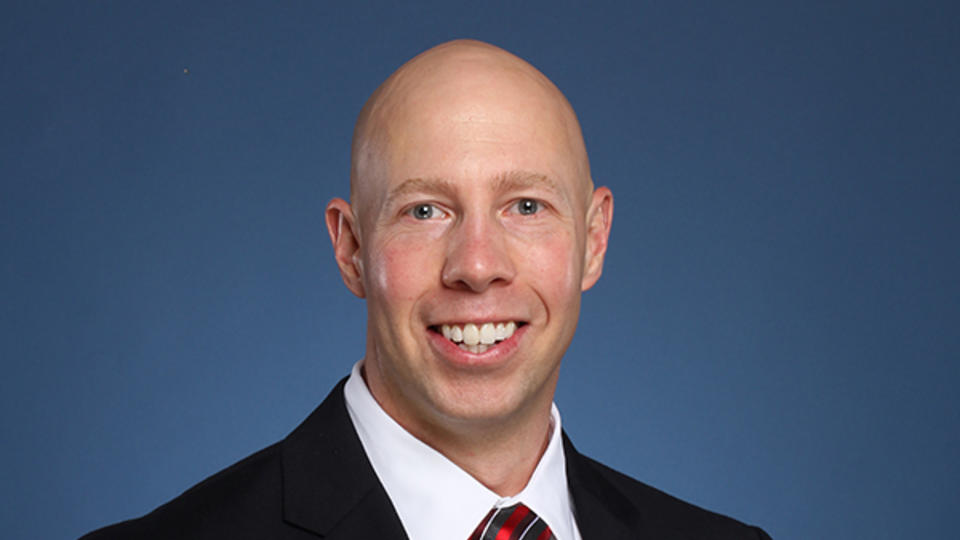
Houston's Professional MBA Program
You Belong Here
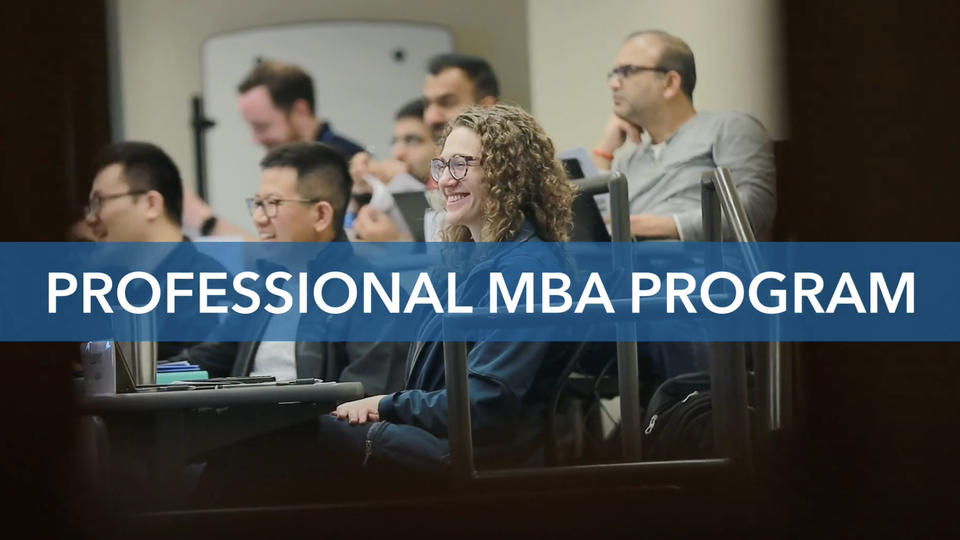
You Belong Here at Rice Business: Houston's Professional MBA Program
Rice University's Jones Graduate School of Business is located in the center of Houston, TX. Being in the heart of the nation's energy hub, sharing a home with the Johnson Space Center and neighboring the largest medical center in the world, Rice University is perfect for professionals looking to accelerate their career in their own backyard. See yourself at Rice Business, because you belong here.
A Diverse Full-Time MBA
You Belong Here
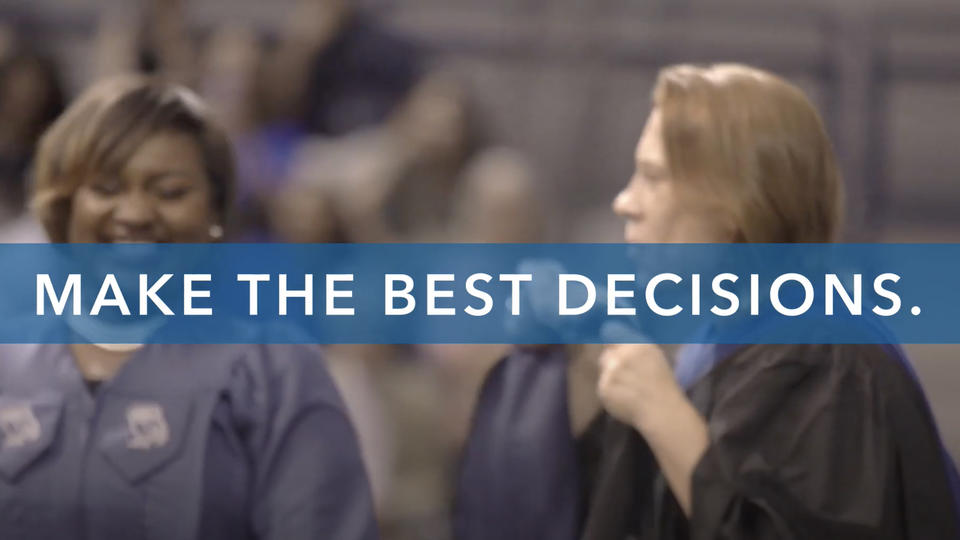
You Belong Here at Rice Business: A Diverse Full-Time MBA
Rice University's Jones Graduate School of Business sits in the heart of the nation's most diverse city, Houston, Texas. As such, our Full-Time MBA students benefit from the varied backgrounds of their classmates, peers and city in which they live and learn. Make the decision to join, because you belong here in Rice Business's Full-Time program.
Intentionally Small
You Belong Here
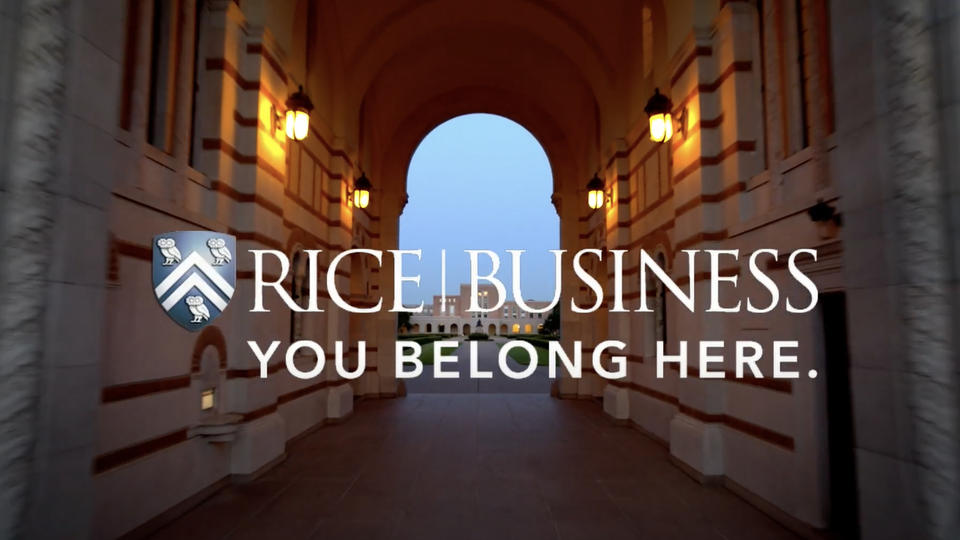
You Belong Here at Rice Business
Rice University's Jones Graduate School of Business's intentionally small classes foster an environment for greater growth among our students. Rice Business students benefit from individualized support from professors in a 6:1 student-to-faculty ratio, allowing for big connections and an even bigger future. See yourself at Rice Business, because you belong here.
A Burger By Another Name
Who gets to decide what we call a patty-shaped thing between buns?
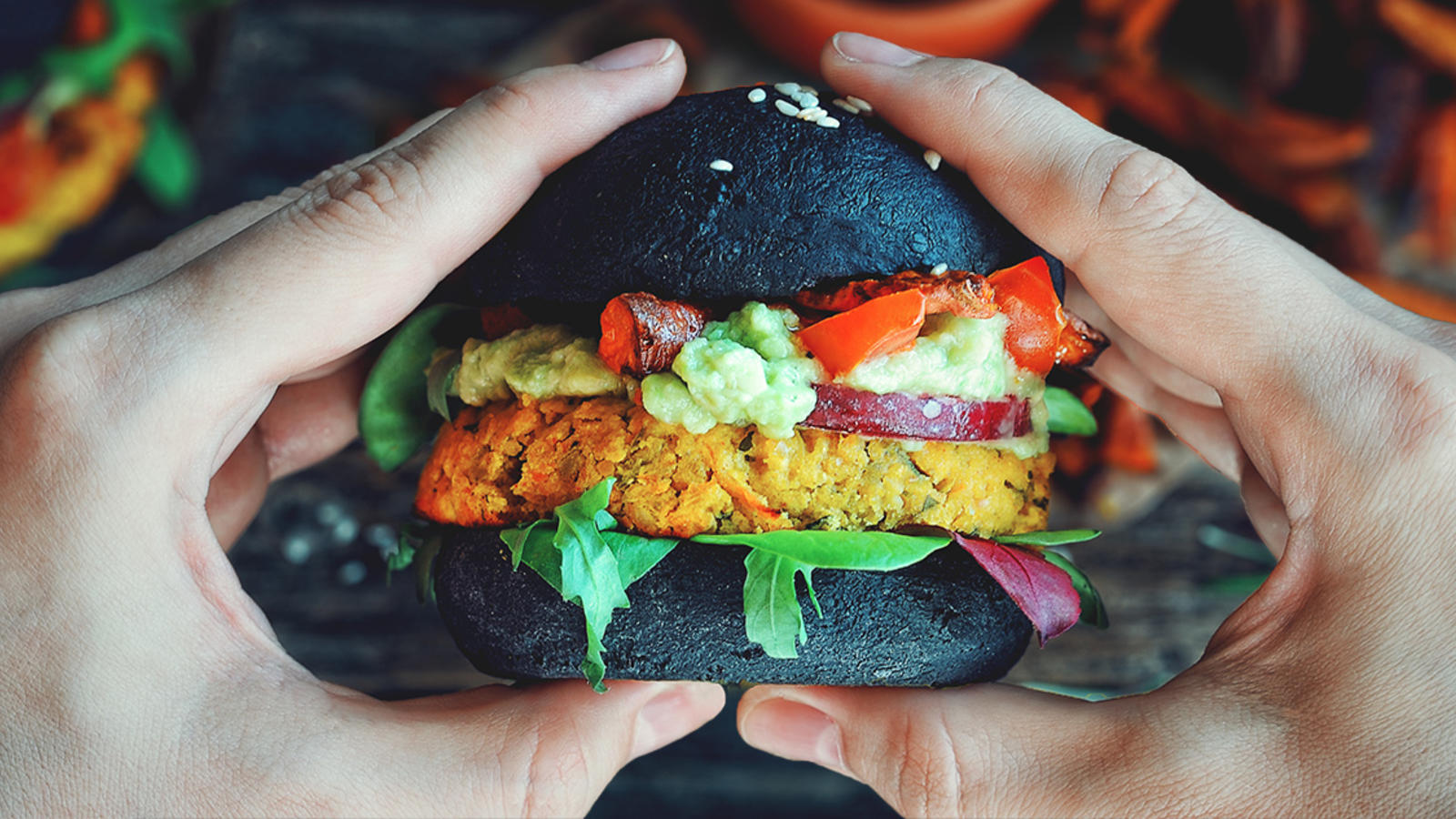
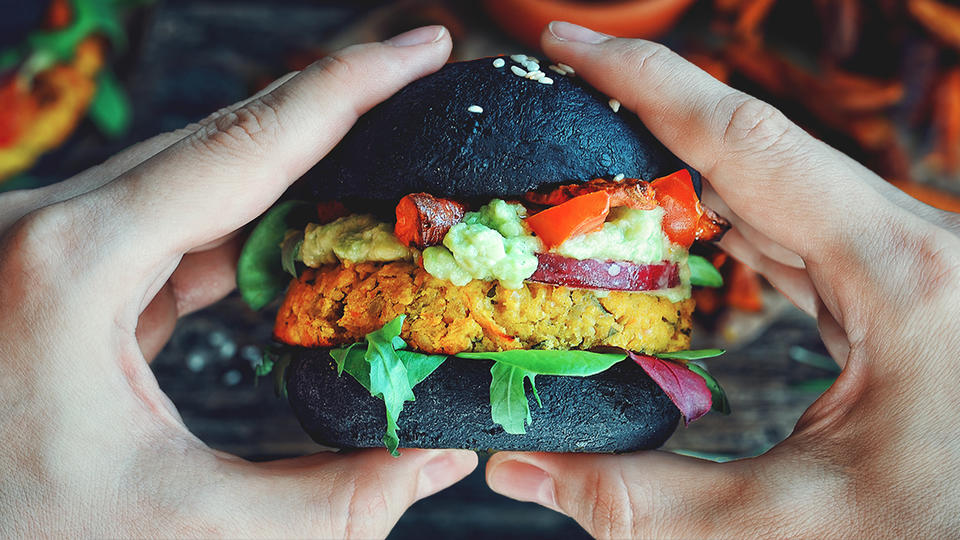
By Jennifer Latson
Who gets to decide what we call a patty-shaped thing between buns?
If it looks like a burger, smells like a burger, and tastes like a burger, is it safe to call it a burger? Or must a patty be made of meat — and not meatless meat — to merit the label?
The linguistics of mealtime have gotten complicated lately, thanks in part to the rise of plant-based alternatives to the foods we normally associate with animals. Dunkin’ now sells a Beyond Meat sausage breakfast sandwich; Burger King is bringing the plant-based Impossible Whopper to the masses.
Stocks are soaring for the two leading non-meat makers, Beyond Meat and Impossible Foods — and analysts predict the market for so-called alternative proteins could climb as high as $140 billion by 2029. On menus and packaging, they’re being described in meaty terms: as burgers, sausage, bacon and the like. (In a fishy twist, Tyson Foods, the meat-industry behemoth, recently announced its plans to debut plant-based shrimp early next year.)
But ranchers have a beef. Last year, the U.S. Cattlemen’s Association petitioned the federal government to prohibit “products not derived directly from animals raised and slaughtered” from being marketed as meat. The trade association invoked the federal truth-in-advertising law, arguing that “current labeling practices may cause consumer confusion.”
Is unwitting vegetarianism really a problem? Probably not, analysts say. Few, if any, consumers who buy plant-based meat do so accidentally, even if the label says “burger,” observes Jaeyeon Chung, a marketing professor at Rice University’s Jones Graduate School of Business.
“They’re doing so out of a conscious decision not to consume real meat, and they are putting effort into searching for an alternative,” Chung says. “This isn’t a traditional marketing scam where counterfeiters try to deceive consumers by selling products similar to what people really want to purchase.” An Impossible Burger isn’t the culinary equivalent of a fake Rolex, she explains: its purpose isn’t to confuse people into buying a poor-quality imitation of the original, but to deliberately choose a new product that meets different needs.
Plant-Based Pushback
The U.S. Department of Agriculture hasn’t yet ruled on the ranchers’ petition. In the meantime, however, several states — including Arkansas, Missouri and Mississippi — have passed their own laws restricting the terms used to describe plant-based products.
The companies that make those products are pushing back. In July, Tofurky joined forces with the American Civil Liberties Union and other groups to file a lawsuit challenging the Arkansas law, which makes it illegal to call veggie burgers “burgers” or tofu dogs “dogs.”
Tofurky and the ACLU argue that the law — which also takes issue with cauliflower “rice” and almond “milk” — violates the First Amendment’s protection of free speech. “It's absurdly patronizing that the government of Arkansas is asserting that the people of Arkansas can't tell a ‘veggie burger’ from a ‘hamburger,’ or a ‘tofu dog’ from a ‘hot dog,’” said ACLU attorney Brian Hauss. “The government should focus on genuine consumer protection problems instead of playing word games to benefit special interests at the First Amendment’s expense.”
The beef industry association is not the first food group to wage a war of words against its competitors. In Texas, for example, pickle purveyors made the case that the word “pickle” should apply only to cucumbers (and not, say, okra or peppers). Persuaded by their lobbying efforts, Texas lawmakers codified that definition in 2014, making it illegal for small-time farmers to sell a jar of brined beets. The law was rewritten this year, freeing home picklers from the tyranny of the cucumber.
In fact, the “truth in advertising” argument has been trotted out throughout the history of food marketing whenever an upstart veers too close to an established product’s market share. In 1881, Wisconsin lawmakers passed a law requiring margarine to be clearly labeled as a non-butter product, with the stated goal of dispelling consumer confusion. In 1895, it passed another law prohibiting margarine from being dyed a buttery yellow color, again to avoid “misleading customers” in a state dominated by dairy interests.
Mainstream Appeal
But veggie burgers have been going by the “burger” label for a while now. So why the sudden drive to beef up burger labeling laws? Because while meatless meat was once an acquired taste, largely relegated to the vegan fringe, it’s now going mainstream — and potentially poses a real threat to the real thing.
When it comes to the damage plant-based alternatives can inflict, some see the dairy industry as a cautionary tale. Dairy lobbyists first petitioned the FDA in 2010 to ban words like “milk” and “cheese” from products that don’t trace their origins to the inside of a barn. Since then, the industry’s outlook has soured, with decreasing demand and lower milk prices — largely unrelated to competition from plant-based milks. Lately, however, lobbyists have renewed their push to legislate labeling. But it’ll be tough to make a convincing case that consumers might be misled into thinking almond milk or soy milk comes from a cow, as Bruce Friedrich, of the nonprofit Good Food Institute, told The New Republic.
“There is no consumer confusion, but requiring any sort of change would certainly confuse consumers, who have been buying almond milk and soy milk for decades,” Friedrich said.
Chung agrees. But she thinks that may be where dairyless dairy and meatless meat diverge.
“I don’t think almond milk was such a big deal because it clearly tastes very different from real milk, and people who love milk would not easily switch,” Chung says. “The latest plant-based meat, however, is the outcome of many years of many companies’ efforts to mimic the taste of meat, and they’ve finally succeeded. Now, since it really tastes like meat, the ranchers seem to feel that they are under threat.”
Even if meatless meat does pose a genuine financial threat to ranchers, of course, it doesn’t necessarily follow that lawmakers should regulate the language used to describe it. That would be unfair to the makers of plant-based products, who have the right to market their products effectively, Chung says.
“Its current labeling, as a plant-based meat, will likely draw both vegans and current meat eaters who are more health-conscious,” she says. The alternative — labeling it as a plant product with, say, “meaty qualities” — would be less appealing all around.
After all, without the familiar shorthand of terms like “meat” and “butter,” marketers are forced to cobble together ungainly descriptors like “texturized vegetable protein” and “cultured nut product.” Word salads like these will entice only the most diehard of health-food fanatics.
This story originally appeared in the Houston Chronicle’s Gray Matters.
Never Miss A Story

